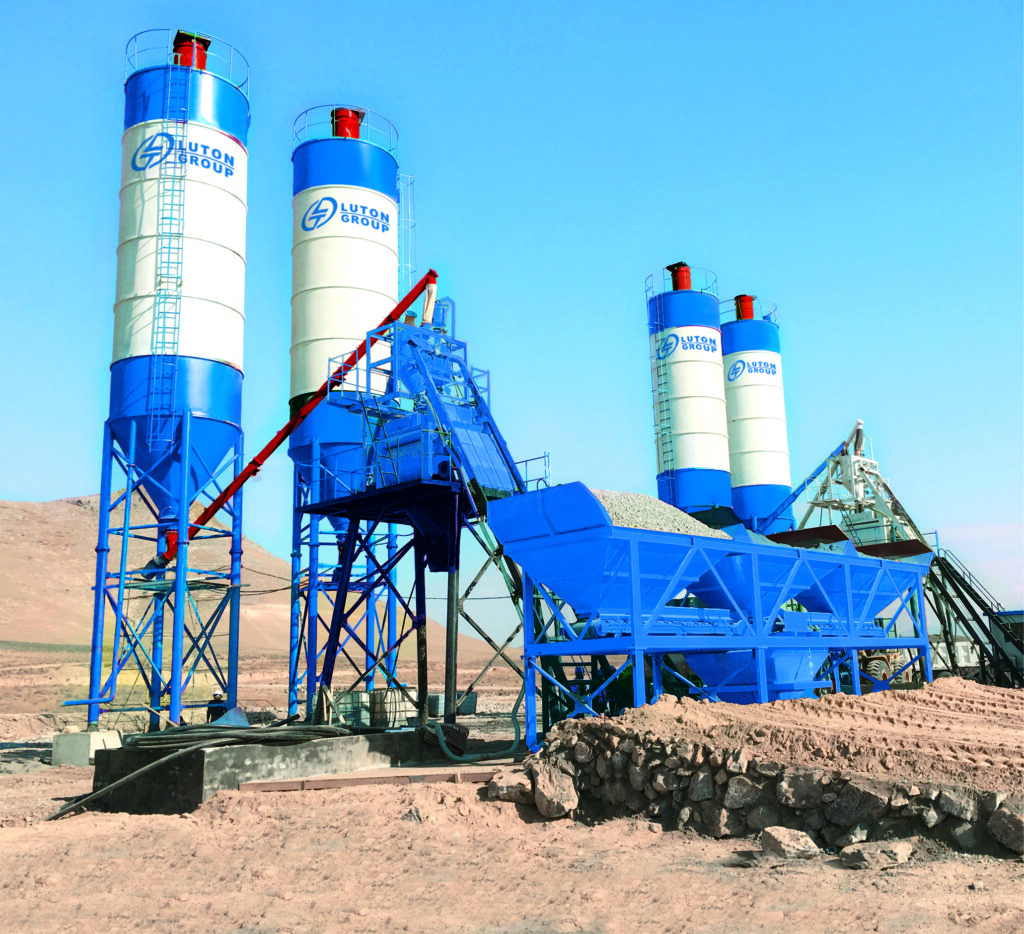In the production and supply process of concrete, both dry concrete mixing plants and wet concrete mixing plants play an irreplaceable role. However, there are significant differences in their functions, structural composition, working principles, transportation methods, and product characteristics. This article will provide a detailed explanation of these two types of mixing plants, in order for readers to better understand their characteristics and differences.

Firstly, from a functional perspective, dry concrete mixing plants are mainly used to produce dry mixed concrete, which means that aggregates, cement, mineral admixtures, and admixtures are mixed evenly in a certain proportion and provided to users in a loose or bagged form. When using, users only need to add an appropriate amount of water and stir. The wet concrete mixing plant directly produces wet mixed concrete, which means that various raw materials are mixed with water in the mixing plant to form concrete, and then transported directly to the construction site for pouring by transport vehicles.
In terms of structural composition, dry concrete mixing plants mainly include batching systems, mixing systems, packaging systems, and dust removal systems. Among them, the ingredient system is responsible for accurately measuring various raw materials according to the ratio requirements; The mixing system is responsible for mixing the raw materials evenly; The packaging system is used to package the mixed dry concrete; The dust removal system is used to reduce dust pollution during the production process. The structure of wet concrete mixing plants is relatively complex. In addition to containing similar batching and mixing systems, they also need to be equipped with water storage systems, water pumps, conveyor belts, etc. to ensure the continuity and stability of concrete production.
In terms of working principle, the core of a dry concrete mixing plant lies in precise measurement and uniform mixing. Through a computer control system, various raw materials are measured according to preset ratios and then sent to a mixer for mixing. After mixing, it is packaged by a packaging machine or directly transported to the storage area via a conveyor belt. The working principle of wet concrete mixing plants focuses more on the workability and stability of concrete. During the mixing process, it is necessary to strictly control the amount of water added and the mixing time to ensure that the slump, strength, and durability of the concrete meet the requirements.
In terms of transportation, the dry mixed concrete produced by the dry concrete mixing plant is usually transported in bags or bulk, which is convenient for storage and long-distance transportation. The wet mixed concrete produced by wet concrete mixing plants is usually transported directly to the construction site by mixing transport vehicles to ensure that the concrete maintains its working performance before pouring.
Finally, from the perspective of product characteristics, dry concrete has advantages such as long storage period, convenient transportation, and flexible use. However, when adding water and mixing on site, attention should be paid to controlling the water cement ratio to ensure the quality of concrete. Wet concrete has the characteristics of good workability, stable strength, and high construction efficiency, but attention should be paid to the water retention and setting time of concrete during transportation.
More informations of various construction machinery are available on ltconcreteplant.com.
In summary, there are significant differences between dry concrete mixing plants and wet concrete mixing plants in terms of function, structural composition, working principle, transportation methods, and product characteristics. When choosing which type of mixing plant to use, it is necessary to comprehensively consider factors such as engineering requirements, construction conditions, and product quality requirements.